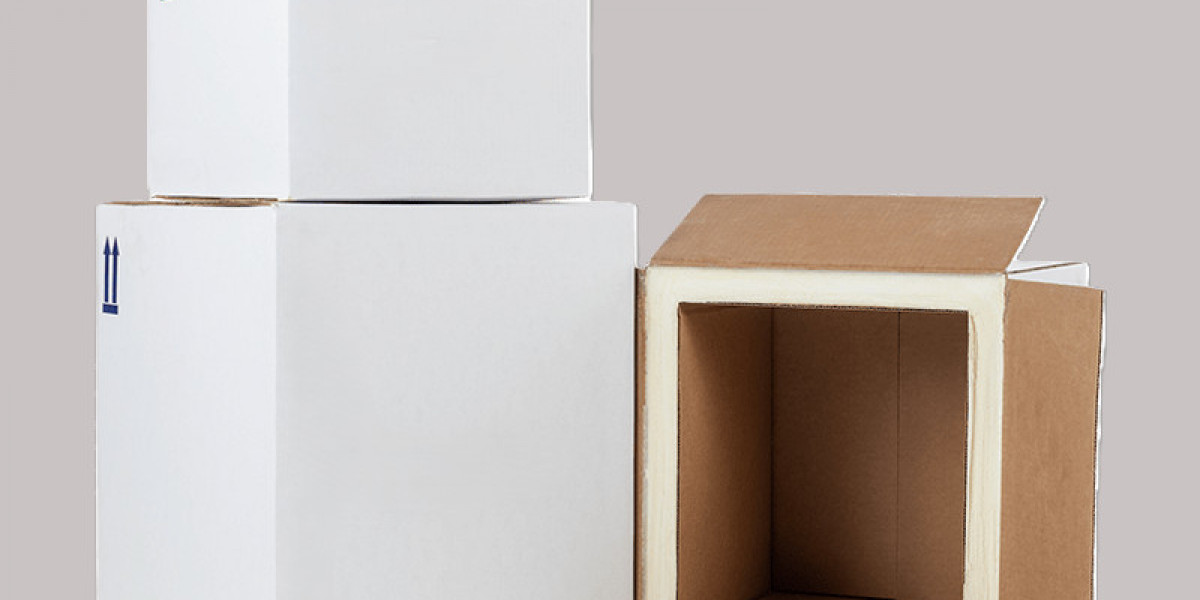The evolving landscape of sustainable agriculture is increasingly embracing biological pest control methods, with pheromone traps and dispensers taking center stage. These tools have become pivotal in integrated pest management (IPM) strategies, offering a species-specific, environmentally friendly approach to crop protection. The Agricultural Pheromones Market is witnessing rapid growth as these products gain traction among farmers seeking effective, residue-free solutions.
Understanding Pheromone Traps and Dispensers
Pheromone traps and dispensers are devices that utilize synthetic replicas of natural insect pheromones to monitor, disrupt, or control pest populations. Traps are commonly used for detection and population tracking, enabling timely pest management decisions, while dispensers release pheromones continuously into the environment to prevent mating and population growth.
There are several types of traps—delta, bucket, wing, and funnel traps—each designed for specific insect species and environmental conditions. Dispensers, on the other hand, include passive diffusers, microencapsulated sprays, and advanced programmable units that release pheromones at controlled intervals.
These tools offer targeted control, making them suitable for organic farming and regions with strict chemical usage regulations. As consumer demand for organic produce grows and pesticide resistance becomes a rising concern, the role of pheromone-based products becomes increasingly crucial.
Market Drivers and Technological Advancements
The Agricultural Pheromones Market is being propelled by a combination of regulatory shifts, environmental awareness, and technological innovation. Stringent rules surrounding pesticide residues—especially in the European Union and parts of North America—are pushing farmers toward safer alternatives. Pheromone traps and dispensers fit this demand perfectly, providing crop protection without chemical runoff or residual contamination.
Recent advances in controlled-release technologies have improved the efficiency of dispensers, enabling long-lasting effects with minimal maintenance. Smart dispensers that respond to weather conditions and pest activity patterns are also being developed, making pheromone application more precise and economical.
Furthermore, efforts to reduce the cost of pheromone synthesis and formulation are making these tools accessible to small and mid-sized farms. This democratization of technology is expanding the user base and opening new markets, particularly in Asia-Pacific and Latin America.
Application Across Various Crops and Regions
Pheromone traps and dispensers are now being utilized in a diverse range of crops, including grapes, apples, cotton, rice, maize, and various vegetables. Their effectiveness in controlling pests like codling moths, fruit flies, pink bollworms, and stem borers has been well-documented in field trials and commercial operations alike.
Adoption is particularly high in high-value crops, where growers are under pressure to reduce pesticide residues and preserve ecological integrity. Vineyards and orchards, for instance, benefit greatly from mating disruption strategies, where continuous pheromone release prevents pest reproduction without harming pollinators or beneficial insects.
As sustainability goals become central to agricultural policies worldwide, many governments are supporting pheromone-based IPM through subsidies, training programs, and research grants. These efforts are driving innovation and accelerating the adoption of pheromone technology across both developed and emerging economies.
Competitive Landscape and Future Prospects
The competitive landscape of the Agricultural Pheromones Market includes a mix of established agrochemical giants and innovative startups. Companies are investing heavily in R&D to expand their pheromone product lines, improve delivery systems, and tailor solutions to regional pest management needs. Strategic collaborations between manufacturers and agricultural research institutions are also enhancing product development pipelines.
With increasing awareness of biodiversity conservation and environmental safety, pheromone-based solutions are no longer viewed as niche products. They are becoming mainstream components of modern pest control strategies. Market projections indicate continued growth, driven by both regulatory demand and the intrinsic benefits of pheromone technology.
In the coming years, we can expect to see even more sophisticated dispenser systems equipped with sensors, automated release mechanisms, and remote monitoring capabilities. These innovations will enhance pest management precision and help farmers optimize yields while adhering to sustainability principles.
Conclusion
The rising interest in biological pest control methods is opening new avenues for pheromone traps and dispensers. These tools are enabling farmers to manage pest populations effectively without compromising the environment or food safety. With advances in formulation and deployment technology, they are becoming more efficient, affordable, and user-friendly.
The Agricultural Pheromones Market stands at the forefront of this transformation, offering scalable, eco-conscious solutions for a diverse global agricultural community. As demand for clean and sustainable farming practices continues to surge, pheromone-based systems are well-positioned to play a key role in shaping the future of agriculture.










